by Lillian Csernica on April 11, 2017


lisak.net.pl
A butterfly with a cushion-cut aquamarine and cabochon opal body, extending blue and green plique-a-jour enamel wings, enhanced by cabochon rubies and calibre-cut emeralds, accented by a collet-set diamond and gold wirework detail, mounted in gold. Boucheron, 1900.

Bentley & Skinner
A Victorian moonstone and diamond beetle brooch, the body of the beetle brooch set with cabochon-cut moonstones, the head and central streak of the body set with old brilliant-cut diamonds, estimated to weigh a total of 0.6 carats, with cabochon-cut ruby eyes, all set to a yellow gold back and sword with pearl set to the handle. Circa 1890.
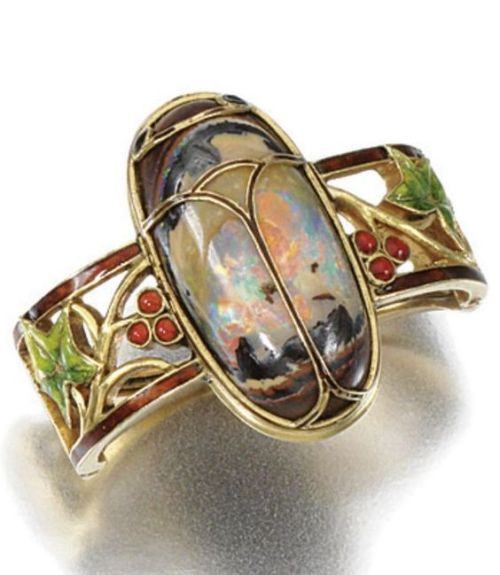
jewelry-sale
An Art Nouuveau gold, enamel, and opal scarf clip. Georges Fouquet, 1900s. Centering on an opal cicada set between open work enamel ivy leaves.

sothebys.com
Sprigs of mistletoe set with circular and rose-cut diamonds, highlighted with pearls, to a central knife edge work web with a spider, its head a circular-cut diamond and its abdomen a similarly cut diamond of brown tint.
If you like spider jewelry (shudder!), you might enjoy this.

1stdibs.com
Brooch with stylized bees. Natural pearls, green enamel, and 18k gold.

V and A Collections
Gold and enamel brooch in the shape of a flower and a hornet, made by Georges Fouquet and designed by Charles Desrosiers. Paris, France, 1901.





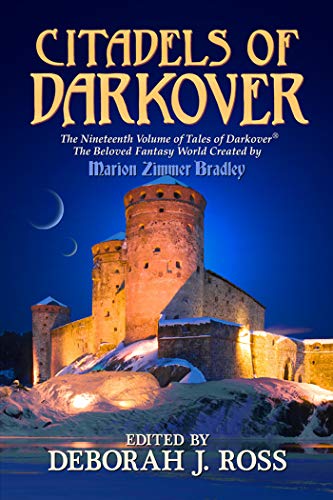
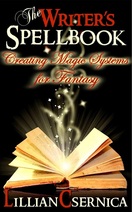
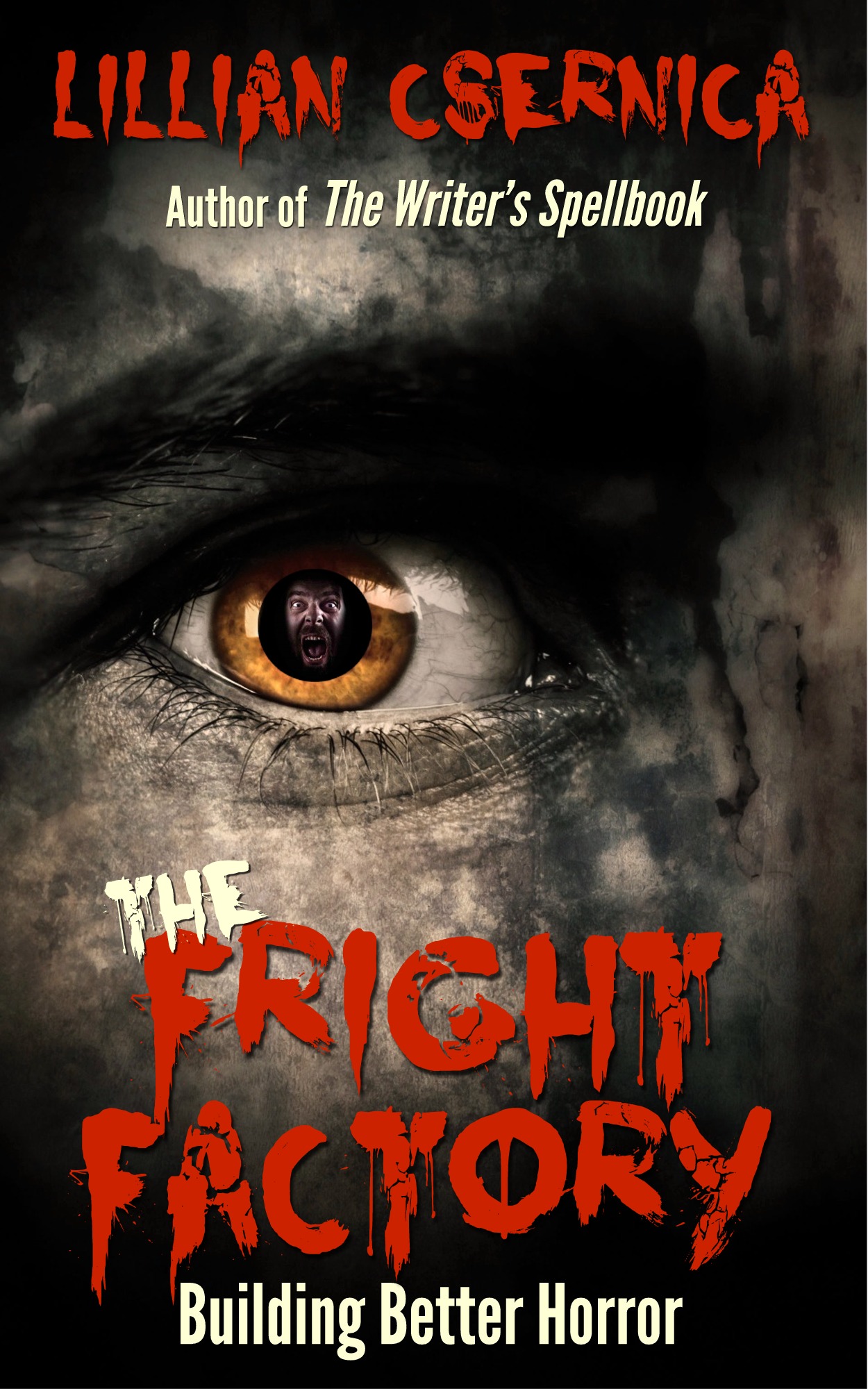









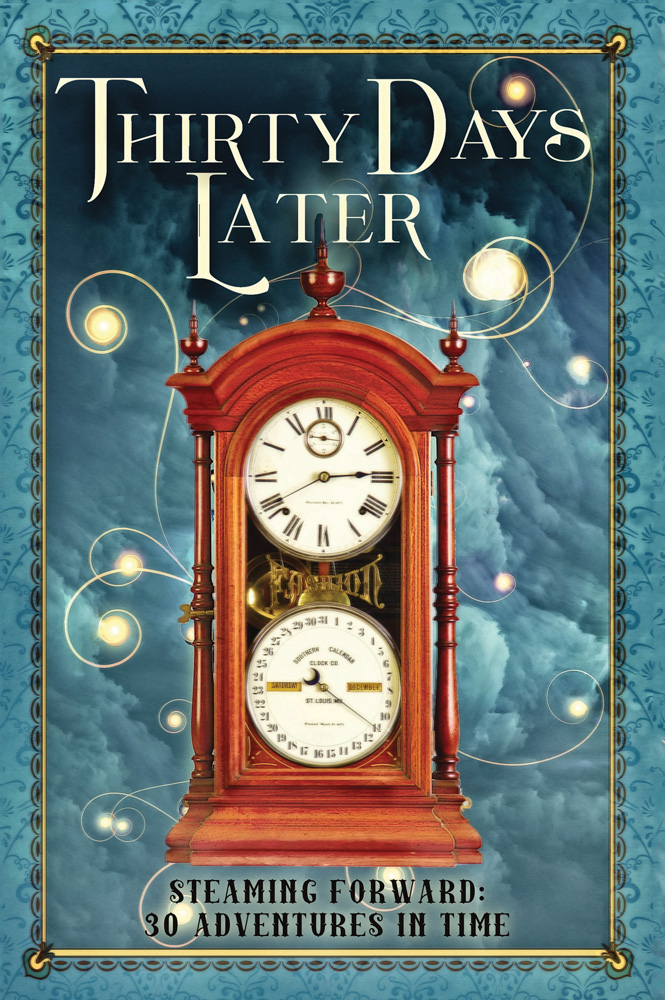


That butterfly is gorgeous!
LikeLiked by 1 person
Aren’t the colors wonderful? It has to be one of the ten most beautiful pieces I’ve found.
LikeLiked by 1 person
I agree, beautiful colours and design. Very elegant and understated, just lovely.
LikeLiked by 1 person
Can’t say I’m a lover of insects, but these jewels are just beautiful 🙂
@JazzFeathers
The Old Shelter – 1940s Film Noir
LikeLiked by 1 person
I don’t know what made beetles and moths so popular. The Egyptian revival did a lot for scarabs, but still!
LikeLike
Yeah, the butterfly is the real stand-out for me, but they’re all pretty special.
LikeLiked by 1 person